COMMUNITY ENGAGEMENT TECHNIQUES
I found some information on community engagement on the Minnesota Department of Health website and although it is focused on public health issues I found it to be rather interesting and informative. One thing Ward 8 does not have is a shortage of community groups, each organization trying to remain relevant or become relevant thought community engagment. It is important to understand the fundamental principles of community engagement, for without the community an organization is nothing more than a logo.
WHAT IS COMMUNITY ENGAGEMENT?
Community engagement is a type of public participation that involves people in problem-solving or decision-making processes. It is a multifaceted, ongoing process.
The Centers for Disease Control and Prevention (CDC) defines it as "the process of working collaboratively with groups of people who are affiliated by geographic proximity, special interests or similar situations with respect to issues affecting their well-being."
SOME BENEFITS OF COMMUNITY ENGAGEMENT
Connects people and resources
Community engagement efforts improve connections between individuals, community associations, businesses, and churches, which in turn creates greater community "buy-in".
Develops new leaders
Inviting community members and leaders of community groups into planning processes will help in the identification of champions and development of leaders who understand community issues.
Creates an opportunity for critical reflection
Community engagement processes provide opportunities for cooperative, co-learning experiences, and critical reflection that benefits from community wisdom.
ATTRIBUTES OF A SUCCESSFUL GROUP OR COMMITTEE
Successful committees or groups have:
A mission statement.
A committee needs a clearly defined mission. It should be expressed in an easy-to-understand statement of 25 words or less.
Process for setting goals and objectives.
A committee should set goals for the future. Objectives should be stated in specific, measurable terms.
Committee recruitment procedures for stable yet renewing leadership.
Does the committee or group have a high turnover or dropout problem?
Fewer than 18 people.
If a committee seems too large and there are valid reasons for not reducing it, a subcommittee structure or task group should be used to undertake specific projects (15-18 is a good number).
Sufficient skills, diverse community interests and perspectives.
A variety of member skills is needed to carry out the committee's mission effectively. Diverse community interests are needed to ensure proper representation.
Members' talents are fully utilized and their contributions recognized.
Committees often don't take advantage of their members' potential contributions. Also, committee members' contributions should be mentioned during meetings and noted in newsletters and press releases from time to time.
Ability to give committee members substantial responsibility.
In order for committee members to have a chance to exercise leadership, agency staff need to give them enough latitude to help make program decisions and initiate activities.
Decisions that represent feelings of the group.
It is important that decisions result from discussions representing the different perspectives and interests on the committee.
Opportunities for members to learn new things.
Committee members should be represented with opportunities to improve their organizational skills and knowledge of water quality issues. Educational activities could include calling in resource people to committee meetings or sending one or more members to a conference or workshop.
WHAT TO DO WHEN YOU HAVE PROBLEMS IN A MEETING?
Most meetings will run into problems at one time or another. You're only in trouble when they persist for all the meetings. Your best bet with a problem is to deal with it right away. By studying these potential problems and solutions, you'll be prepared to handle any situation in a meeting.
Click HERE for some solutions.
Assessing Your Organization's Readiness to Engage the Community Linking Principles to Practice
If your organization is new to the process of engaging the community there are several things to take into consideration before you get started. It may mean changing the way your organization makes decisions about its programs and allocation of resources. It may also mean developing partnerships, coalitions, and collaborative efforts with new people and organizations.
Before action can occur, the organizational leaders need to consider and develop a management strategy. Everyone participating needs to be operating from the same level of understanding and from a similar framework. To make sure you are all working from a similar framework it will be helpful to assess your capacity.
An assessment of your organization's capacity for and approach toward engaging the community involves looking at:
The values of your organization
Does our organization perceive that it is important to involve the community in identifying community health issues and developing programs?
Does it recognize that partnering and collaborating with other groups or community-based organizations are important?).
The intent of your organization
What is the best way to establish its position and select strategies to being community action?
Are authoritative approaches or cooperative approaches more appropriate?
The operations of your organization
Is our organization already working with the community around specific programs or issues?
Are there existing collaborations with other institutions or agencies?
Are community leaders or representatives already involved in decision-making related to program planning, implementation, and evaluation?
The resources and expertise available to support an engagement effort
What mechanisms will be in place to ensure that relevant data on community needs will be used?
What financial resources will be required?
Which staff are most skilled or already have strong ties to the community?
